SEARCH






|
|
|
|


Photographing birds in flight is not easy, but the reward when you get it right is immeasurable! It takes a combination of good light, suitable equipment, specialist technique, understanding of bird behaviour, anticipation, perseverance, patience and luck.
Lots of patience and lots of luck.
Equipment-wise, you need at least a 400 to 500 mm focal length telephoto lens, with or without a 1.4 X extender, and a camera with decent performance at high ISO settings.
The good news is that there are a few camera settings that can help you on the way to success:
- Shooting in manual or shutter priority gives the best results with a minimum of fuss.
- As a rule of thumb, set the camera’s shutter speed to 1/2500 second for small birds fluttering about, or 1/1600 second for larger birds with slow wing beats.
- For the times when you want to imply movement for effect, use a slower shutter speed.
- Your aperture setting should be low enough to separate the subject from the surroundings, giving a nice bokeh, but enough to ensure a sharp picture. In any case, avoid busy backgrounds – keep them plain and clean.
- If the light is weak, there may be a problem with noise from high ISO settings. The Canon 5D Mk III and IV, for example, may be able to handle an ISO of up to 6400 but the Canon 7D is only able to perform usefully up to ISO 1750 before quality goes for a loop. In really good light, most cameras will manage.
- The centre weighted average exposure setting gives me the best results with my Canon 5D Mk iv.
- When shooting a bird against blue sky it may be useful to use exposure compensation of +1 or +2 stops. It is possible to use multiple AF points, as well as the servo tracking setting. You can also use a smaller aperture, giving maximum depth of field.
- For most other shots, use centre Auto Focus point or centre with four surrounding points.
- High-speed continuous shooting is almost essential, but may annoy people around you, so be thoughtful.
When birds behave uniquely, or interact with other animals or with the environment, you have a bonus.
Understanding bird behaviour is a topic on its own, where you learn how to anticipate scenarios and set up to take best advantage of the moment.
Some Kingfishers and Bee-eaters, for example, almost always return to the same perch after catching their prey. This means that you can set your camera on a tripod and pre-focus on that spot, taking the shot as the bird lands or takes off.
In closing, the route to achieving a stunning portfolio of birds-in-flight photos is practice, practice, practice.
The rewards are immense when all the practice pays off and you get THE SHOT!
Happy shooting!
 | Write |
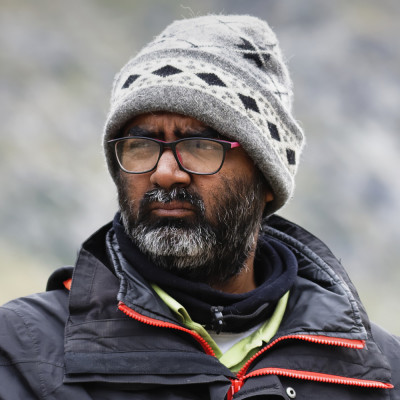 | Nara Simhan Useful Article.Good Work. |
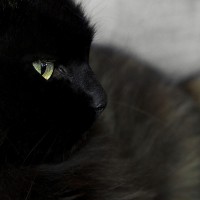 | Deborah Gugeri What stunning images and interesting article |
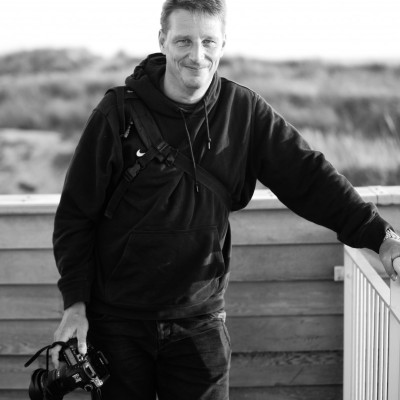 | Leif Løndal PRO Love them all, Good work. |
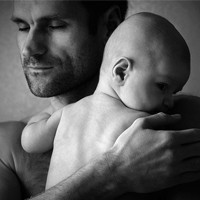 | Siarhei Mikhaliuk * Good and useful article. Nice photos. thank |
 | Carmine Chiriacò CREW splendid gallery and nice article!! congrats |
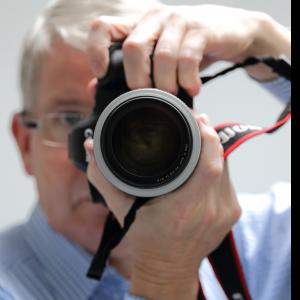 | Wicher Bos CREW What an incredible set of photographs - amazing moments captured with such a high level of skill, indeed deep respect for photographers that can make these images! |
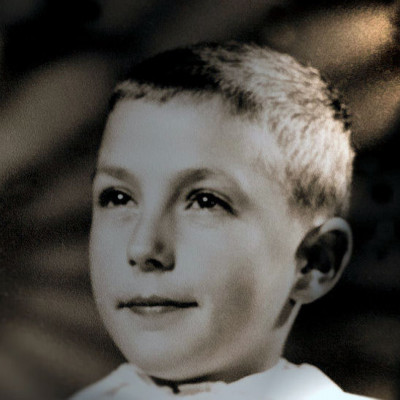 | Thierry Dufour PRO |
 | Greetje van Son PRO With great pleasure and a deep respect I saw this amazing birds photography. Compliments to all photographers. !!
warm greetings, Greetje |
 | Yvette Depaepe CREW Splendid gallery and interesting tips! Congratulations to all the authors and big thanks to Lourens for this beautiful article. Cheers, Yvette |
 | Miro Susta CREW Very interesting and useful lecture accompanied with fabulous bird snapshots. Well done and thank you for publishing it Lourens & Yvette.
And of course sincere congratulations to all authors for the beautiful photo work. |
 | Yvette Depaepe CREW Thanks, Miro ;-) |
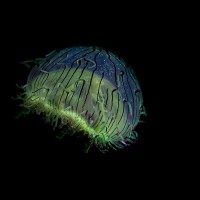 | David williams PRO Nice article :) as an original bird photographer I find this informative and helpful. I learned these things the hard way, so it’s great information for the beginner or mid level photographer. Great job, great images and nicely done! |